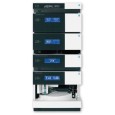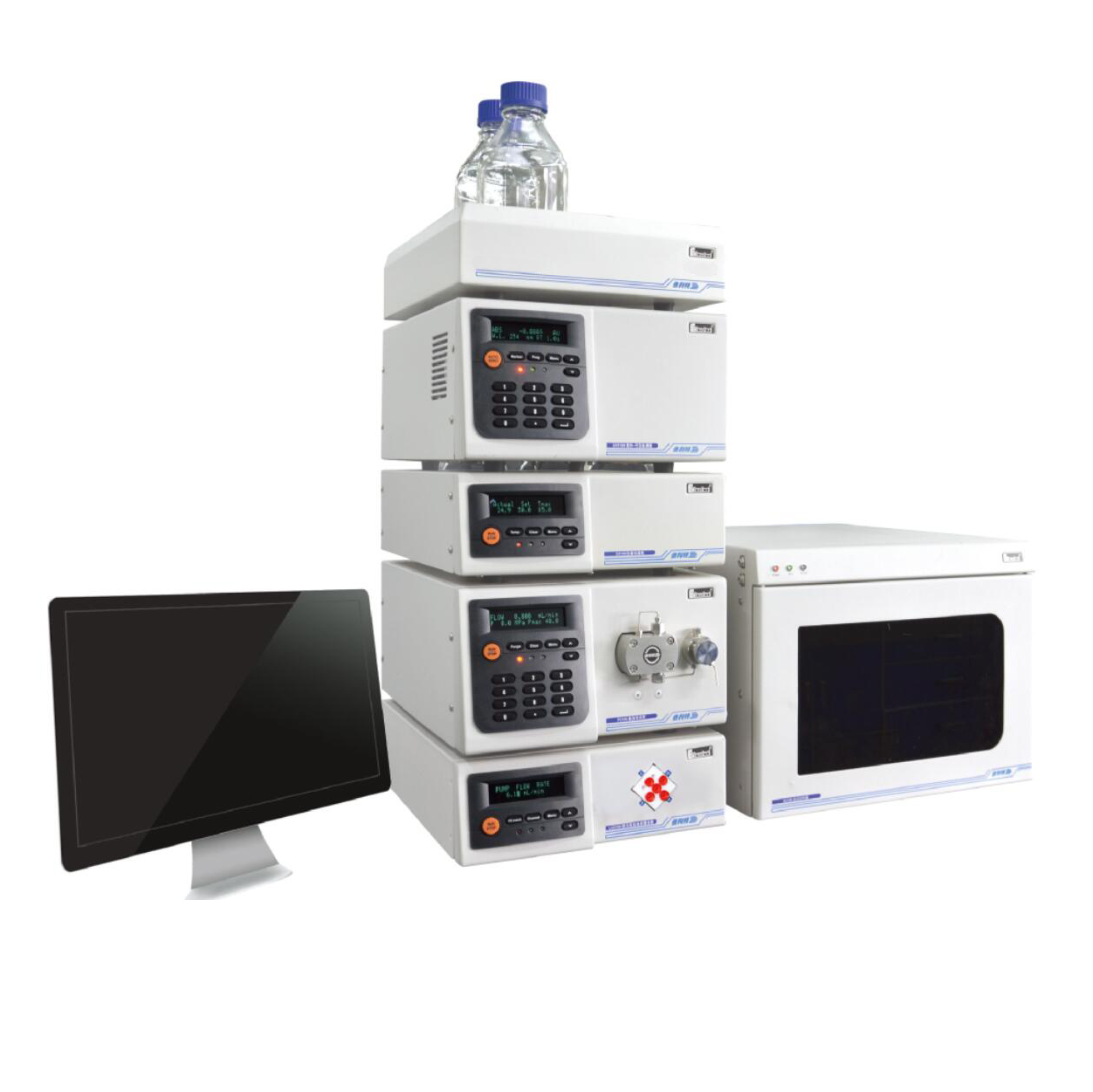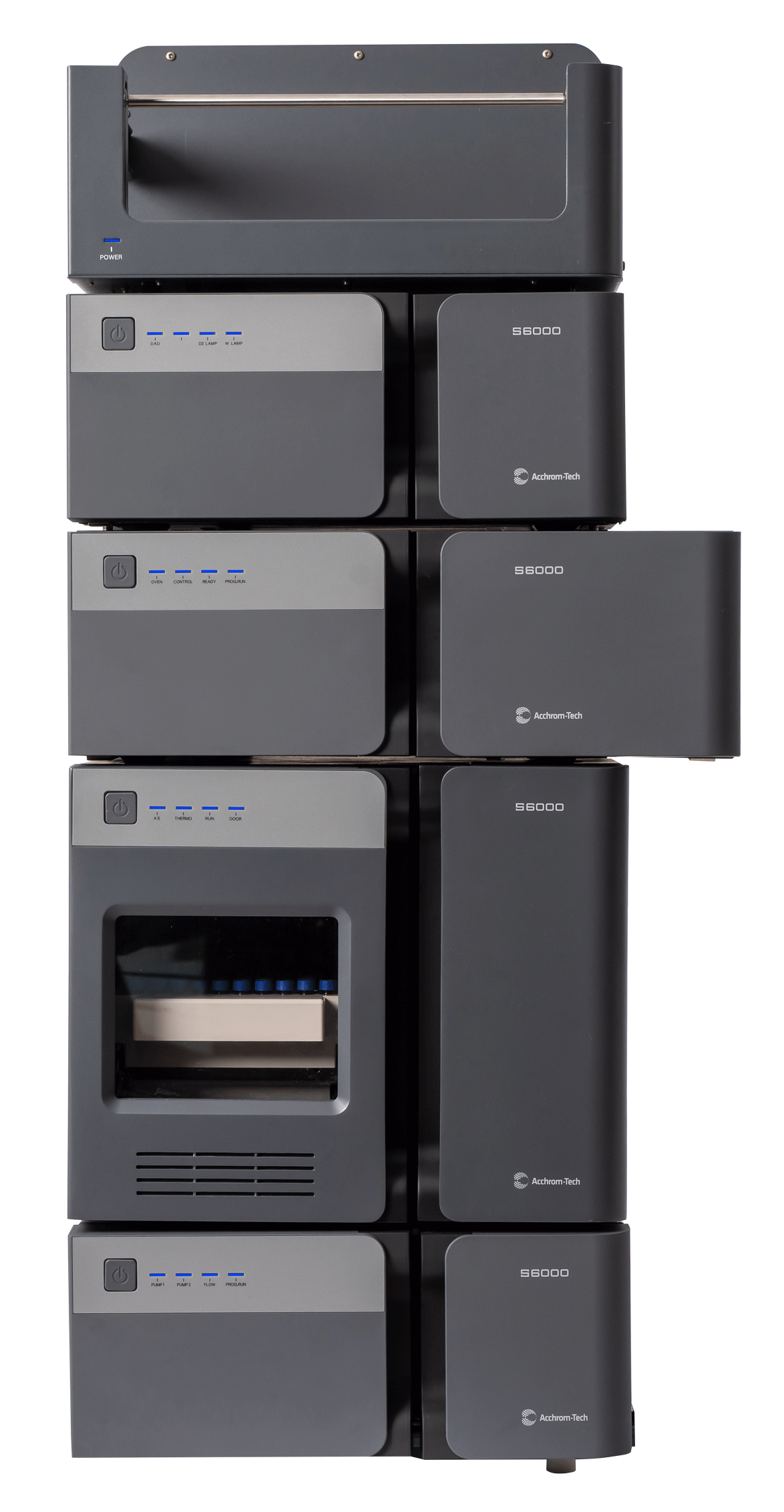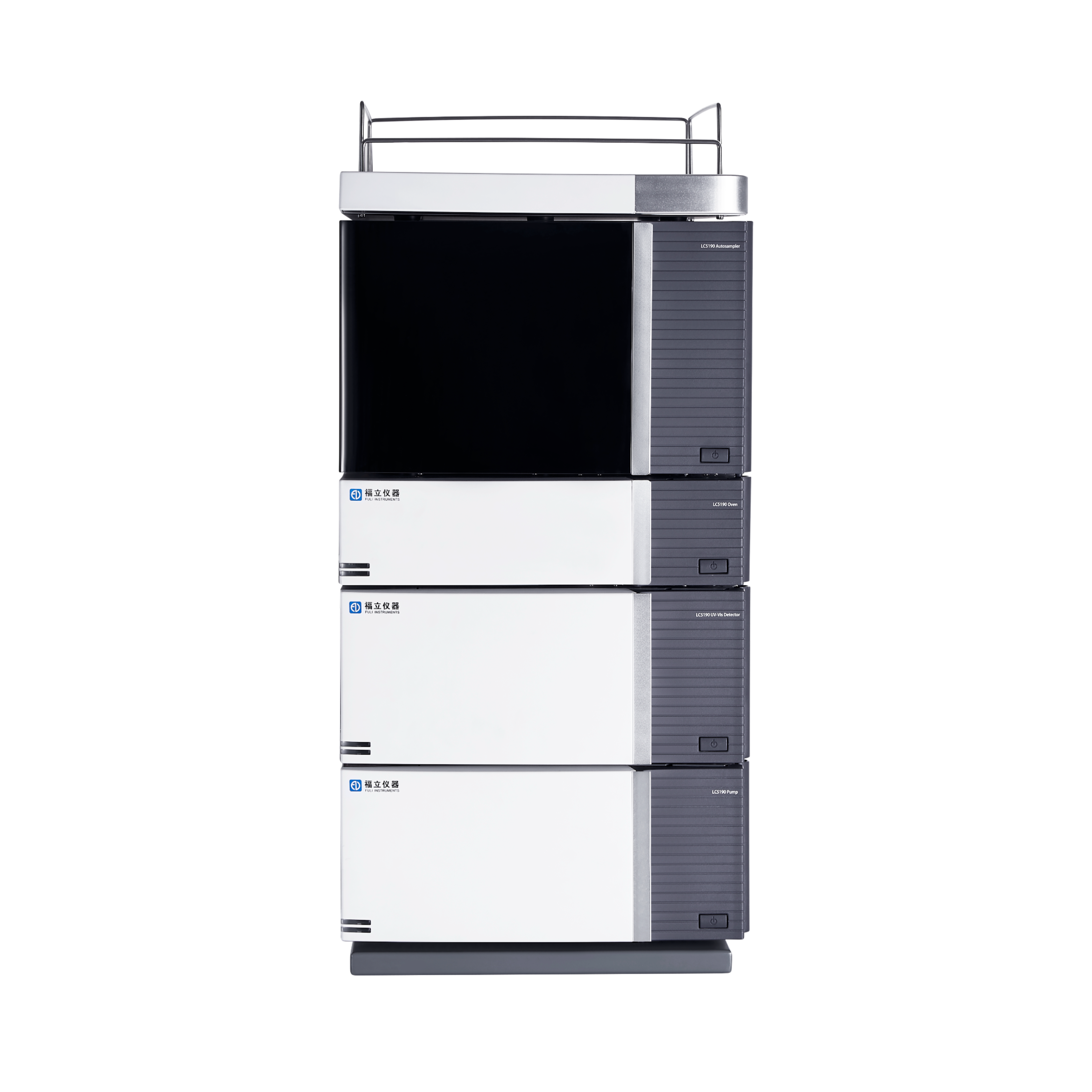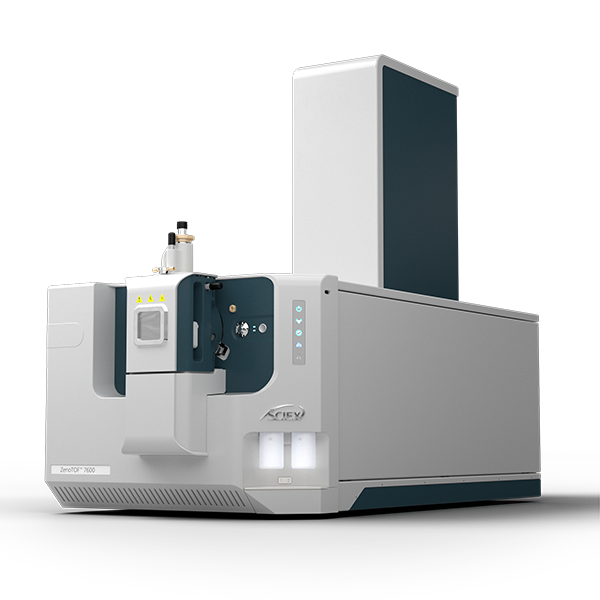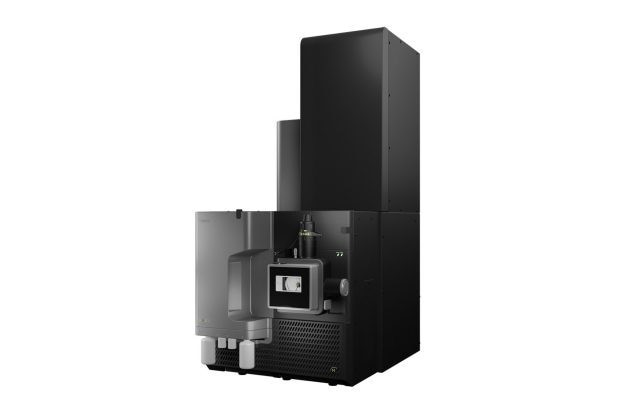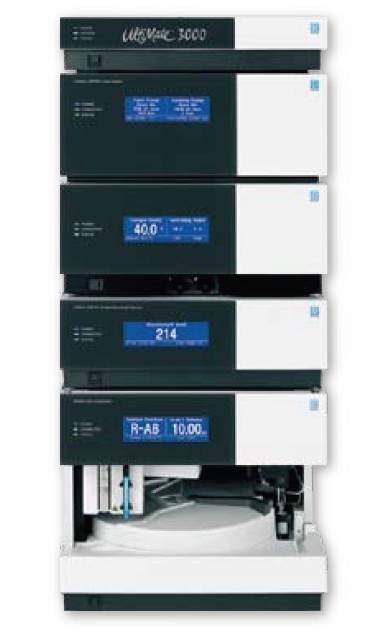
方案详情
文
Full scan in negative mode LC-MS acquisition on the
Exactive LC-MS system with Orbitrap technology is suitable for quantification of PFAAs at low concentrations ranging from 0.1 μg/kg to 50 μg/kg in complex matrix extracts. No tuning or fragment determination is required and there is less background with high-resolution, accurate mass acquisition.
方案详情

a) Blankwww.thermofisher.comAN63478E08/16SSCIENTIFICPart of Thermo Fisher Scientific Analysis of Perfluoroalkyl Acids in Wastewater,Sludge, and Liver Extracts Using High-Resolution, Accurate Mass LC-MS Frans Schoutsen', Helen Welchman?, Rossana Bossi; Thermo Fisher Scientific, Breda, The Netherlands;2Thermo Fisher Scientific, Hemel Hempstead, United Kingdom; Aarhus University, Roskilde, Denmark Introduction Perfluoroalkyl acids (PFAAs) are global pollutants andhave been shown to bioaccumulate in the food chain.PFAAs have been detected in livers of fish, birds, andmarine mammals from Greenland and the Faroe Islands.1Biomagnification of perfluorooctane sulfonate (PFOS), thepredominant fluorochemical detected, was observed alongthe marine food chain (Figure 1). The performance of the Thermo Scientific Exactivemass spectrometer equipped with OrbitrapTM technologyhas been evaluated for the analysis of ten selectedperfluoroalkyl acids in pooled extracts from environmentalsamples. The following PFAAs were analyzed:perfluoroheptanoic acid (PFHpA), perfluorooctanoicacid (PFOA), perfluorononanoic acid (PFNA),perfluorodecanoic acid (PFDA), perfluoroundecanoicacid (PFUnA), perfluorododecanoic acid (PFDoA),perfluorotridecanoate acid (PFTrA), perfluorohexanesulfonate (PFHxS), perfluorooctane sulfonate (PFOS) andperfluorooctane sulfonamide (PFOSA) (Figure 2). The sample extracts were chosen to represent bothhigh and low levels of the analytes in complex matrices.Low levels were expected in liver extracts from Antarcticseals.Medium and high levels were expected in Arcticseals, influent water, and sludge from a wastewatertreatment plant. The performance has been evaluated interms of linearity (range 0.1-50 pg/kg), specificity, andsensitivity. To demonstrate the performance of the ExactiveTM high-resolution, accurate mass benchtop liquid chromatogra-phy-mass spectrometry (LC-MS) system in the analysis often selected perfluoroalkyl acids. Experimental Conditions Sample Preparation The sample preparation process is illustrated in Figure 3.Liver samples were extracted by ion pairing with tetrabu-tylammonium hydrogen sulfate (TBAS) and methyl tertiarybutyl ether (MTBE). Sludge samples were extracted bysonication with methanol followed by solid phase extrac-tion (SPE). Effluent water samples were extracted by SPEon C18 columns. HPLC Chromatographic analysis was performed using a ThermoScientific Accela autosampler and pump. The chromatog-raphy conditions were as follows: HPLC column: Thermo Scientific Hypersil GOLD, Thermo Scientific Hypersil GOLD, 50 mm x2.1 mm, 1.9 pm Pre-column: Thermo Scientific Hypercarb, 100 mm x 2.1 mm, 5 pm Column temperature: 40℃ Mobile phase C: Ammonium acetate (2 mM) Mobile phase D: 90% water, 10% ammonium acetate A trapping column placed in line with the AccelaTMpump and autosampler enabled less contamination ofperfluorinated compounds (PFC)into the system, thusachieving a lower background. Figure 1. PFOS concentrations (analysis of two samples) in Arctic mammals, birds, and fish [Bossi et al. (2005)] Figure 2.Examples of PFAA target compounds-PFOA and PFOS Figure 3. Sample preparation process Mass Spectrometry MS analysis was carried out on an Exactive high perfor-mance benchtop LC-MS with an electrospray ionization(ESI) source in negative ion mode. Full scan data with aresolution of 50,000 FWHM at m/z 200-800 was acquired.No lock mass was applied. In Figure 5, the extracted ion chromatograms,normalized to the response, are shown. The blank (a)shows very little background and no significant signal atthe appropriate retention time. The 0.1 pg/kg standard (b)has good signal for all compounds, as does the sample ofextracted Arctic seal liver (c). Results and Discussion For the calibration curves, three standards per level(0.1, 1, 5, 10, and 50 ug/kg) were run. The calibrationcurve for PFOA is shown in Figure 6. The high mass resolution (50,000 FWHM) and massaccuracy (1 ppm) of the Exactive high-resolution, accu-rate mass system provide efficient peak confirmation anddecrease the effects of matrix peaks (Figure 4). The concen-tration of the target compound in the liver samples wasquantified by linear calibration. The use of lock massescould enhance the mass accuracy; however, the Orbitrapinstrument was stable for the duration of the sampleanalysis. The results of the analysis are displayed in Table 1. Theextracted liver from Antarctic seals showed significantlylower concentrations of PFAAs than the extracted liverfrom Arctic seals. Figure 4. Mass accuracy of PFOS Table 1. PFAAs in Antarctic and Arctic seal liver Antarctic Seal Arctic Seal Arctic Seal Arctic Seal pg/kg pg/kg pg/kg pg/kg PFHpA — 0.08 1.05 PFHxS 0.21 0.21 PFOA 0.25 0.35 2.28 4.37 PFNA 0.07 4.78 1.72 1.76 PFOS 22.95 17.79 2.28 PFDA 2.82 12.59 1.09 PFOSA 一 0.14 PFUnA 5.45 0.44 PFDoA 0.22 0.87 PFTrA 1.97 一 c) Arctic Seal Extract RT:3.93 BP:412.9674 PFOA RT:4.66 BP:462.9639 100- PFNA RT:5.27 100 PFDA BP:512.9612 50- RT:5.75 PFUnA BP:562.9581 RT:6.12 PFDoA BP:612.9557 100- 50- RT:6.42 PFTrA BP:662.9503 T1111 Time (min) Figure 5. Extracted chromatograms:(a) Blank, (b) Standard, (c) Arctic seal extract Figure 6. Calibration curve for PFOA Conclusion Full scan in negative mode LC-MS acquisition on theExactive LC-MS system with Orbitrap technology issuitable for quantification of PFAAs at low concentrationsranging from 0.1 ug/kg to 50 pg/kg in complex matrixextracts. No tuning or fragment determination is requiredand there is less background with high-resolution, accuratemass acquisition. Reference 1. Bossi, R.; Riget, F.F; Dietz, R.; Sonne, C.; Fauser, P; Dam, M.;.Vorkamp, K. Environmental Pollution 2005, 136,323-329. Legal Notices: @2016 Thermo Fisher Scientific Inc. All rights reserved. All trademarks are the property of Thermo Fisher Scientific Inc. and its subsidiaries. Thisinformation is presented as an example ofthe capabilities ofThermo Fisher Scientific Inc. products. It is not intended to encourage use ofthese products in anymanners that might infringe the intellectual property rights of others. Specifications, terms and pricing are subject to change. Not all products are available in allcountries. Please consult your local sales representative for detailsS. Perfluoroalkyl acids (PFAAs) are global pollutants andhave been shown to bioaccumulate in the food chain.PFAAs have been detected in livers of fish, birds, and marine mammals from Greenland and the Faroe Islands.1Biomagnification of perfluorooctane sulfonate (PFOS), thepredominant fluorochemical detected, was observed along the marine food chain (Figure 1).The performance of the Thermo Scientific Exactivemass spectrometer equipped with Orbitrap™ technology has been evaluated for the analysis of ten selected perfluoroalkyl acids in pooled extracts from environmental samples. The following PFAAs were analyzed: perfluoroheptanoic acid (PFHpA), perfluorooctanoic acid (PFOA), perfluorononanoic acid (PFNA), perfluorodecanoic acid (PFDA), perfluoroundecanoic acid (PFUnA), perfluorododecanoic acid (PFDoA), perfluorotridecanoate acid (PFTrA), perfluorohexanesulfonate (PFHxS), perfluorooctane sulfonate (PFOS) and perfluorooctane sulfonamide (PFOSA) (Figure 2). The sample extracts were chosen to represent both high and low levels of the analytes in complex matrices. Low levels were expected in liver extracts from Antarcticseals. Medium and high levels were expected in Arctic seals, influent water, and sludge from a wastewater treatment plant. The performance has been evaluated in terms of linearity (range 0.1-50 μg/kg), specificity, and sensitivity.
确定
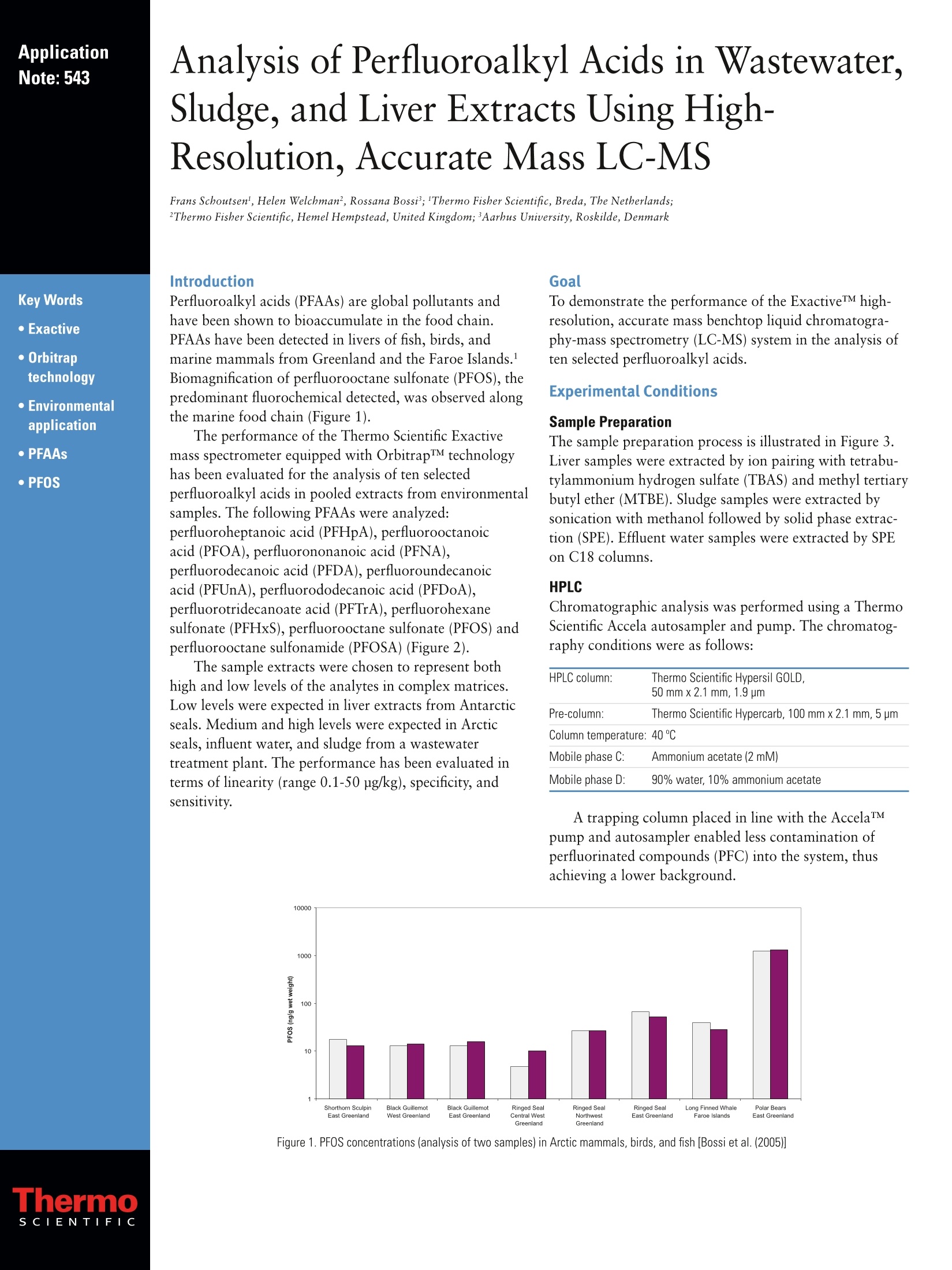
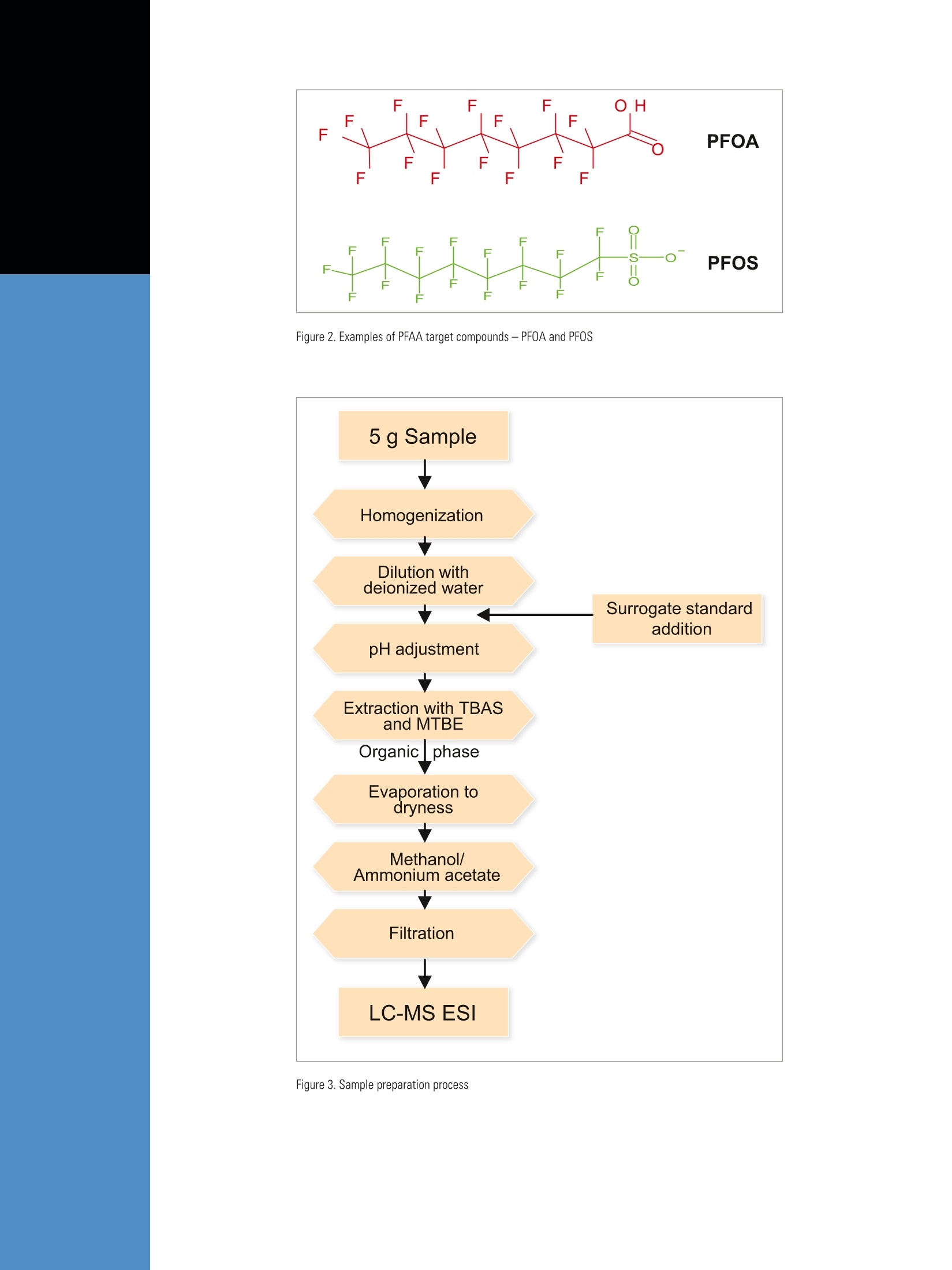

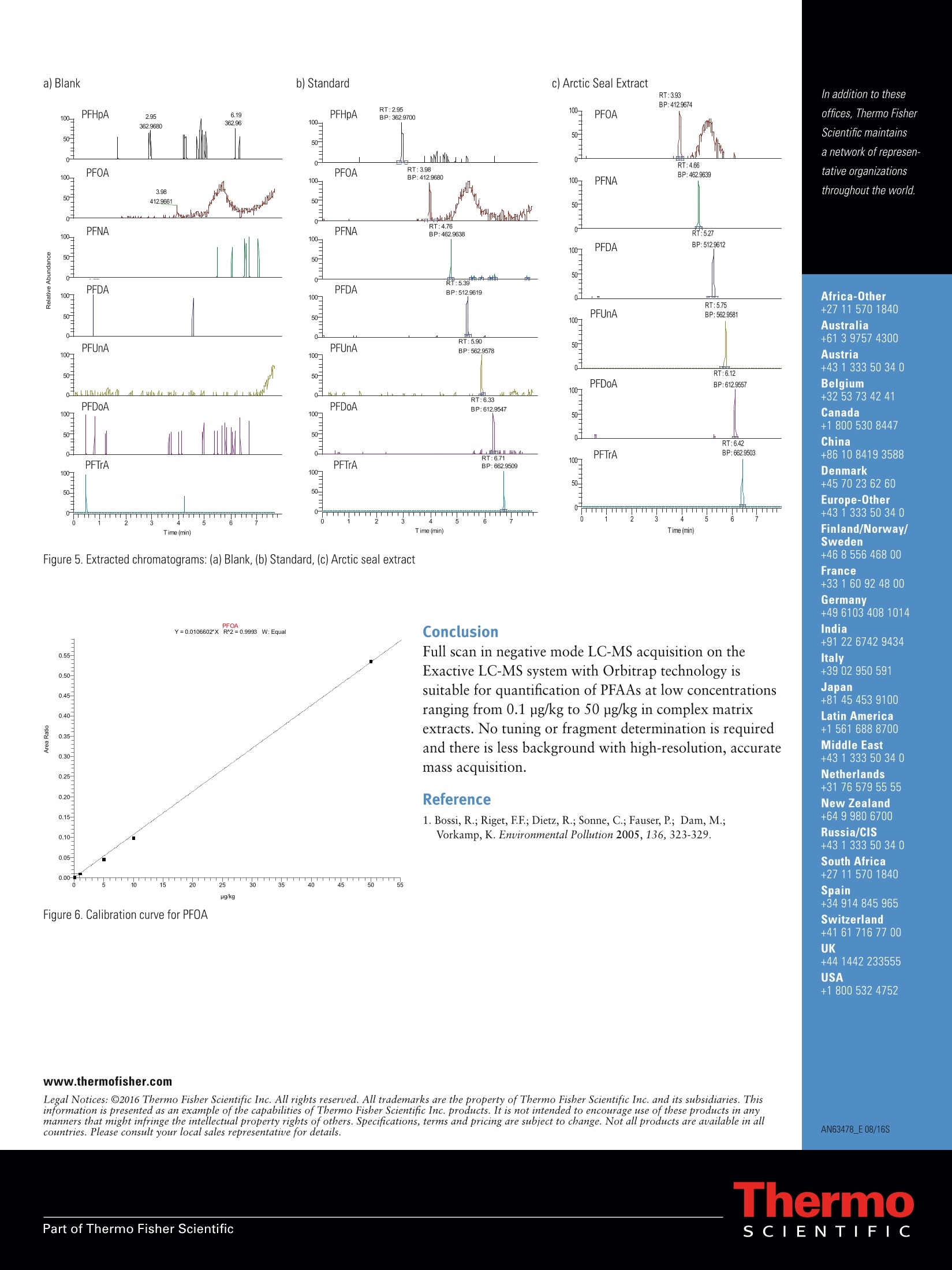
还剩2页未读,是否继续阅读?
赛默飞色谱与质谱为您提供《废水,污泥和肝脏中全氟烷基酸检测方案 》,该方案主要用于废水中有机污染物检测,参考标准--,《废水,污泥和肝脏中全氟烷基酸检测方案 》用到的仪器有赛默飞优谱佳UHPLC+高效液相色谱系统、赛默飞Q Exactive Orbitrap LCMSMS系统
推荐专场
相关方案
更多
该厂商其他方案
更多









